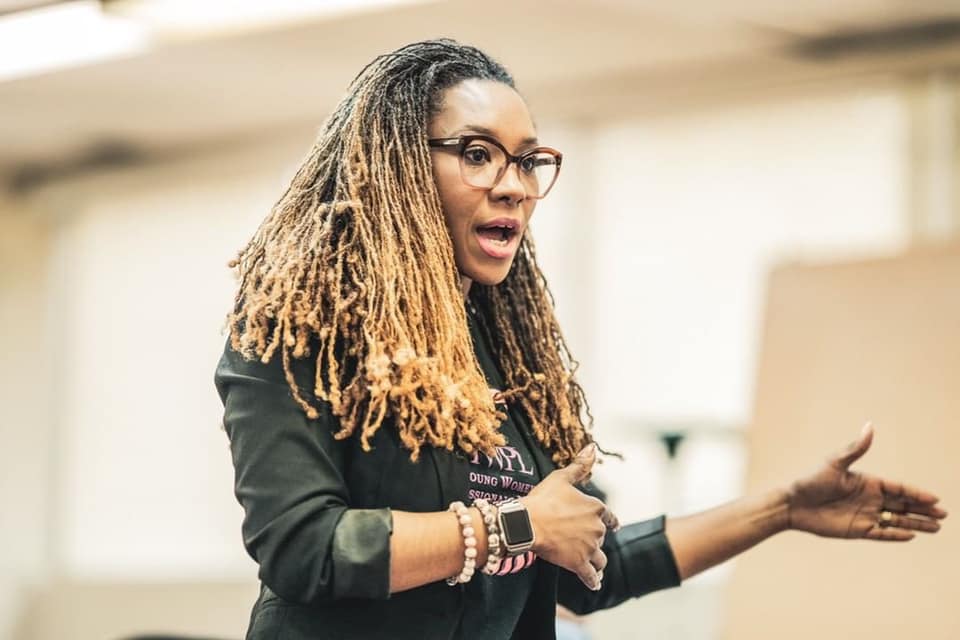
Can You Repeat the Question? 5 Hacks to Avoid Communication Glitches
You may think that you’re a good communicator, but getting your point across clearly to others takes more than just saying what’s on your mind.
According to the Merriam-Webster dictionary, communication means “to convey knowledge of or information about”, to make something known. But does this guarantee that someone always understands what we’re trying to say?
What is a communication glitch? It is a malfunction in communicating information to another person. Communication glitches happen when your communication fails, and clear communication has left the chat. It can happen with anyone, but especially at work or home.
Here are examples of common Communication Glitches:
Feelings and assumptions can cause something to be lost in translation during a conversation.
Why? Well, there are three sides to every feeling:
Nowadays, ending a text message with a period (ex. “Don’t do it.”), can be perceived as a stern order. In the same vein, sending a message in all caps (ex. “DON’T DO IT”) can be perceived as a more direct order or sometimes even playful. It all depends on the context, as well as how well the sender is ‘packaging’ his message.

Most miscommunication happens over the phone or online, especially since the person receiving the information isn’t able to visually ‘read’ the other person.
What can we do to be better understood? And, what can you do to better understand?
Here are 5 essential ‘hacks’ for Effective Communication:
According to Lori S. Katz Ph.D., effective communication is “communication that is received in the way it is intended” (Katz, 2015). It takes into consideration the context, delivery, and how the message is or can be heard.
Miscommunication is inevitable at both work and home. Overcoming communication glitches can be difficult, but understanding what causes them is a good place to start! A tip for more serious or difficult conversations is to write out notes of what you want to say beforehand. This will help you to stay grounded and confident when conveying your message.
2025 Awakening Aspiration LLC | Website By ThreeSphere Websites